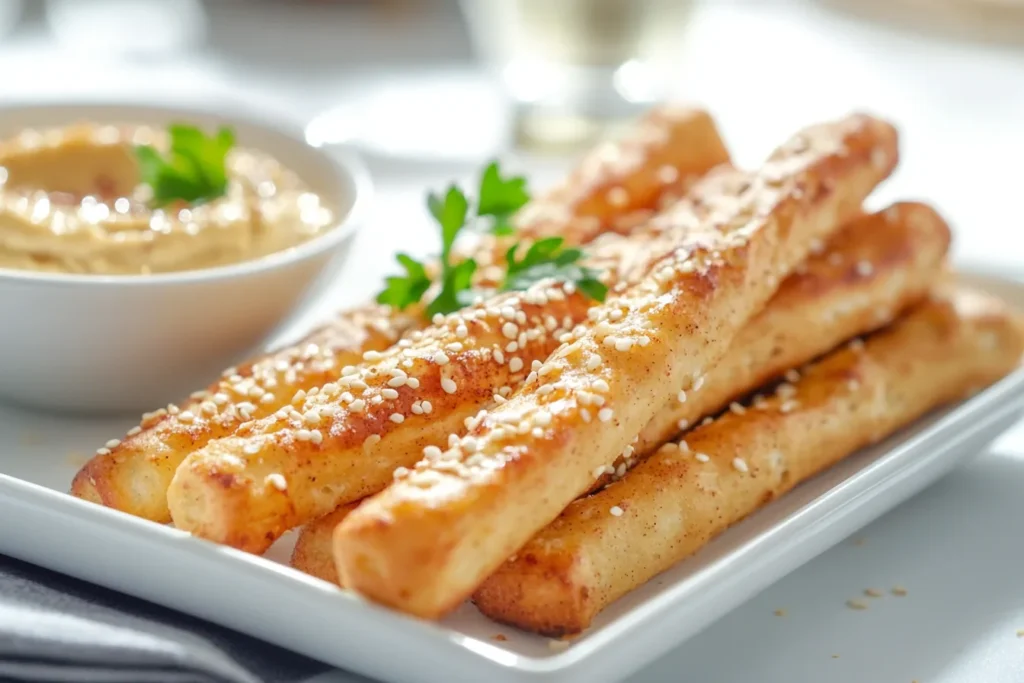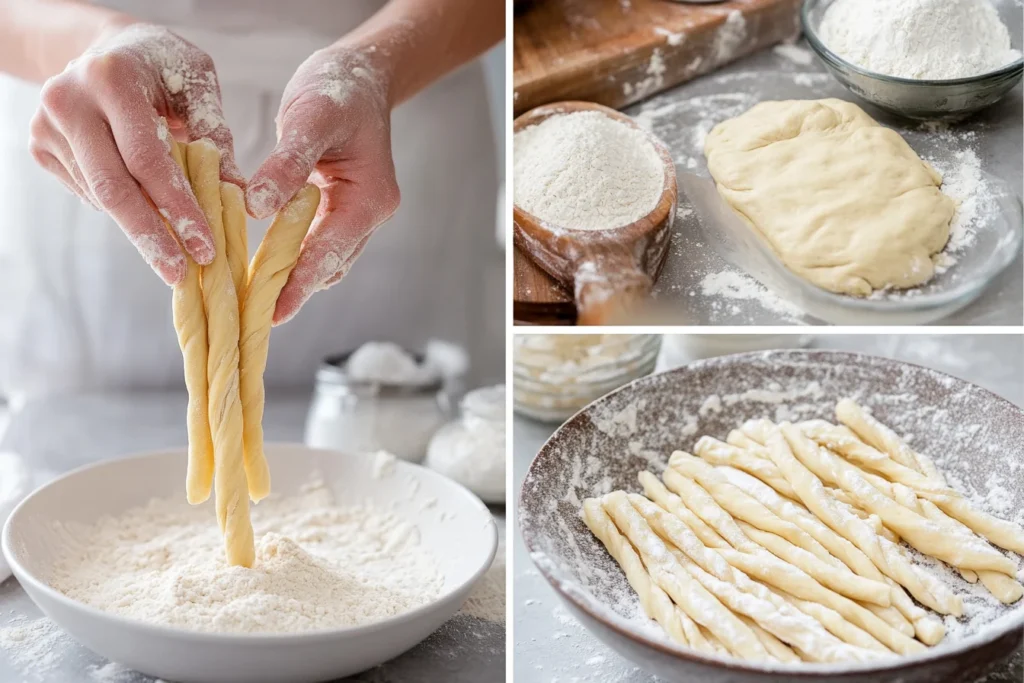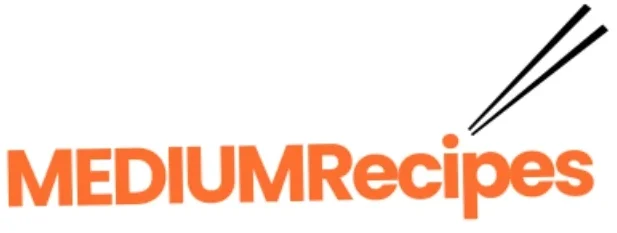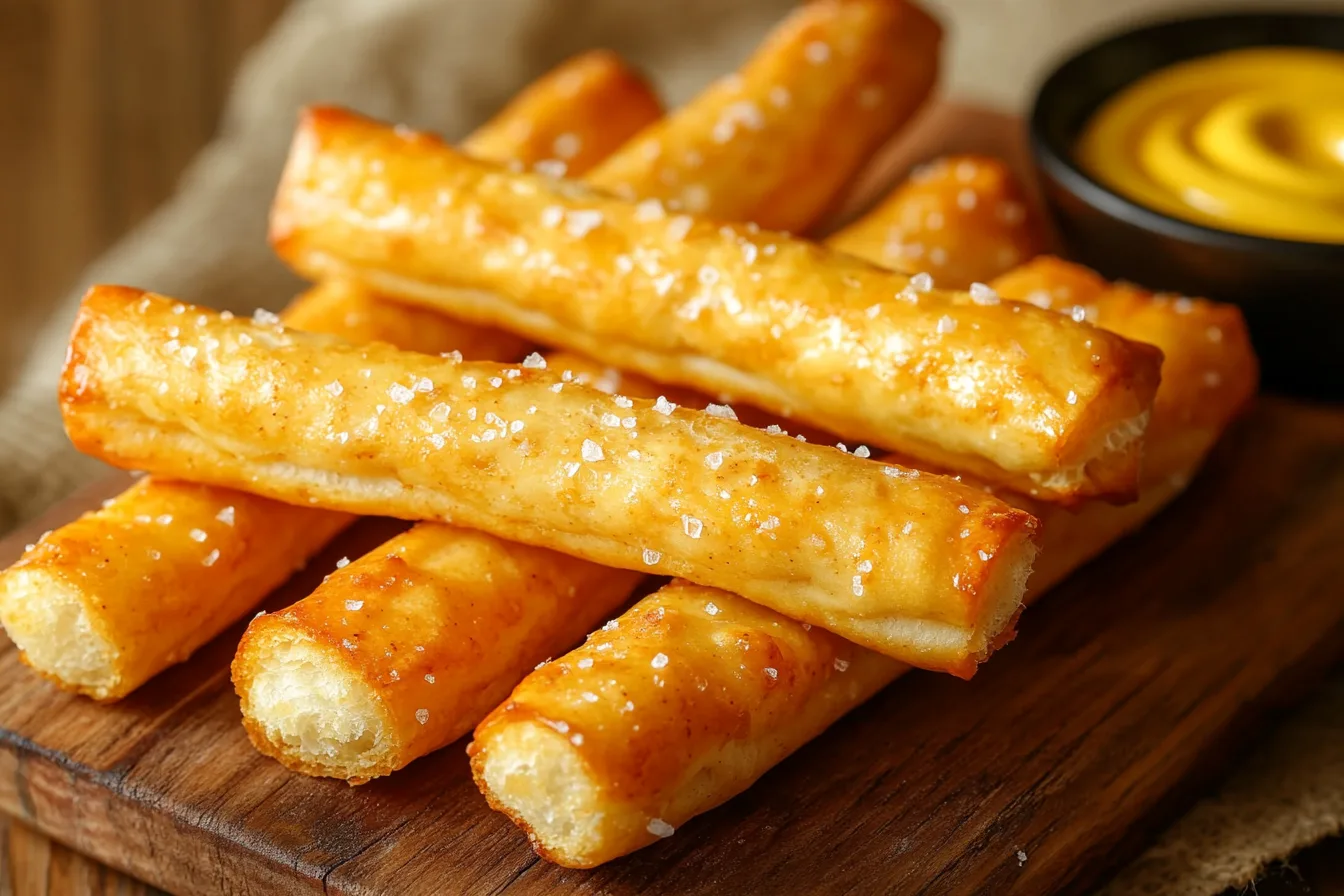Crunchy and flavorful, pretzel sticks are a popular snack enjoyed by people everywhere. Have you ever wondered what makes them so unique? In this article, we’ll uncover the ingredients and methods that create their distinctive taste and texture. We’ll also take a closer look at their nutritional profile, explore recipe ideas, and address some frequently asked questions. Let’s dive in!
Introduction to Pretzel Sticks
The Origin and Popularity of Pretzel Sticks
Pretzel sticks have a long history, originating from traditional European pretzels that have been cherished for generations. With their slim, elongated design, they’ve gained popularity for being both portable and delightfully crunchy. Whether paired with dips, enjoyed as a quick snack, or eaten on their own, these sticks provide a fresh take on a classic treat. Over time, they’ve become one of the most adaptable and well-loved snacks around.
A Quick Overview of Ingredients and Variations
At their core, pretzel sticks are made from simple, everyday ingredients like flour, yeast, salt, and a hint of sweetness, often from brown sugar. But the magic happens when they’re dipped in a unique solution before baking, which gives them that glossy finish and distinct bite. Over time, recipes have expanded to include gluten-free options, vegan alternatives, and flavor twists like garlic, cheese, or chocolate. Whether traditional or trendy, there’s a pretzel stick for everyone.
Core Ingredients of Pretzel Sticks
Flour Varieties Used in Pretzel Sticks
At the heart of every pretzel stick recipe is flour. Most recipes call for a blend of all-purpose flour and bread flour, giving the dough both structure and elasticity. Bread flour, which is higher in protein, helps create the chewy texture that pretzel lovers crave. Gluten-free flours like almond or oat flour are also used for modern variations, catering to dietary restrictions while still delivering that iconic crunch.
The choice of flour significantly impacts the end result, and experimenting with blends can yield interesting textures. For instance, whole wheat flour adds a nutty flavor, while enriched white flour ensures a softer finish. Ultimately, the flour lays the foundation for the texture and flavor of pretzel sticks.
Sweeteners and Flavor Enhancers: Brown Sugar and Salt
The addition of brown sugar or honey introduces a subtle sweetness that balances the salty finish of pretzel sticks. Brown sugar, with its molasses content, also contributes a slightly caramelized note during baking, enhancing the pretzels’ flavor profile.
On the savory side, salt plays a starring role. Not only does salt season the dough, but coarse pretzel salt or sea salt sprinkled on top completes the classic pretzel taste. In some recipes, seasonings like garlic, onion powder, or even Parmesan cheese are added for a flavorful twist.
The Science of Pretzel Making
Role of Yeast in Dough Fermentation
Yeast is a vital ingredient in the pretzel-making process. It ferments the dough, causing it to rise and develop a complex flavor. As yeast consumes sugar, it produces carbon dioxide, which helps create air pockets in the dough. This process results in a soft and airy interior while maintaining a firm crust.
Active dry yeast or instant yeast are typically used in pretzel recipes. To activate yeast, warm water and sugar are mixed to create the ideal environment for fermentation. This simple yet essential step ensures the dough achieves the right consistency for shaping into sticks.
Importance of Baking Soda in the Poaching Liquid
One of the defining steps in pretzel-making is poaching the dough in a baking soda solution before baking. Baking soda, when dissolved in water and heated, becomes alkaline. This creates a chemical reaction on the dough’s surface, giving pretzels their distinctive brown color and glossy appearance. It also enhances the crispiness of the crust while locking in the soft interior.
Some bakers use baked soda, which is regular baking soda that’s been heated in the oven to make it more alkaline. This technique can mimic the effects of food-grade lye, a traditional but less accessible ingredient.
Variations in Pretzel Stick Recipes
Traditional vs. Modern Ingredient Substitutes
Traditional pretzel sticks rely on a few key ingredients like flour, yeast, salt, and baking soda. However, modern variations have embraced creative substitutes to cater to diverse dietary preferences. For example, gluten-free flour blends allow those with gluten sensitivities to enjoy this classic snack. Additionally, plant-based sweeteners like maple syrup or agave nectar can replace brown sugar for a unique twist.
Modern recipes also explore alternative toppings like sesame seeds, poppy seeds, or shredded cheese to enhance flavor. These updates maintain the essence of traditional pretzel sticks while offering something fresh for adventurous eaters.
Exploring Gluten-Free and Vegan Pretzel Sticks

For those seeking gluten-free or vegan options, there are plenty of alternatives that preserve the signature taste and texture of pretzel sticks. Substituting traditional flour with almond flour or rice flour creates a gluten-free base. Meanwhile, flaxseed or chia seeds mixed with water can replace eggs in vegan versions, providing the necessary binding without compromising the dough’s consistency.
Many vegan recipes also swap out butter or milk with plant-based options like coconut oil or almond milk. These adaptations ensure that everyone, regardless of dietary restrictions, can answer the question, What are pretzel sticks made of? with confidence.
How Pretzel Sticks Are Made (Step-by-Step Guide)

Mixing and Kneading the Dough
The process of making pretzel sticks starts by mixing flour, yeast, water, and a touch of brown sugar to form a rough dough. This dough is then kneaded for about five to seven minutes until it becomes smooth and elastic. Kneading is a key step, as it strengthens the gluten, creating the chewy texture pretzels are known for.
Once kneaded, the dough is left to rise in a warm place until it doubles in size. This fermentation step not only makes shaping easier but also deepens the flavor of the dough.
Shaping, Poaching, and Baking Process
After the dough has risen, it’s portioned into smaller pieces and shaped into long, slender sticks. These are briefly dipped in a warm baking soda solution, a crucial step that gives pretzel sticks their signature golden color, shiny appearance, and crisp texture.
Following the dip, the sticks are coated with an egg wash and topped with coarse salt for that classic savory finish. They are then baked in a preheated oven until perfectly golden and firm. The result is a snack with a satisfyingly crunchy exterior and a soft, flavorful interior.
For more delicious recipes and step-by-step guides, check out our pretzel sticks recipe guide. You’ll find creative twists and tips to elevate your baking game!
Health and Nutritional Information
Calories and Macronutrient Breakdown
These treats are a popular snack choice for many, but how do they stack up nutritionally? On average, a serving of pretzel sticks contains around 100-120 calories, primarily derived from carbohydrates. They’re low in fat, with most recipes containing less than 1 gram per serving. Protein content is modest, typically around 2 grams per serving, depending on the ingredients.
However, it’s worth noting their sodium levels. Thanks to the pretzel salt on their surface, sodium can be high—sometimes exceeding 200 milligrams per serving. For those watching their salt intake, homemade versions offer a way to control the amount used.
Healthier Alternatives and Add-ons
While traditional pretzel sticks are delightful, there are ways to make them healthier. Opting for whole wheat flour instead of refined flour adds more fiber, helping with digestion and satiety. Using natural sweeteners like honey or maple syrup instead of processed sugar is another easy swap.
Add-ons like seeds or nuts can boost the nutritional profile. Sesame or chia seeds, for instance, add healthy fats and minerals, making the snack not only tasty but also nourishing. If you’re wondering What are pretzel sticks made of?, these healthier alternatives expand your options without sacrificing flavor.
FAQs About Pretzel Sticks
What Makes Pretzel Sticks Different from Regular Breadsticks?
While pretzel sticks and breadsticks share a similar appearance, their differences in flavor and texture are quite noticeable. Pretzel sticks owe their glossy surface, rich brown crust, and slight crunch to a baking soda dip, while breadsticks are typically softer and don’t feature the distinctive malty taste found in pretzels.
Toppings also set them apart. Coarse salt is commonly sprinkled on pretzel sticks for a bold, savory flavor, whereas breadsticks are often left unadorned or enhanced with herbs and cheese for a gentler, more subdued taste.
Can I Make Pretzel Sticks Without Baking Soda?
Baking soda plays a crucial role in achieving the signature crust and flavor of pretzel sticks. If you’re out of baking soda, a simple water bath with a small amount of salt or vinegar can be used as an alternative. However, this substitute may not deliver the same rich flavor or golden color as the traditional method.
For beginners, experimenting with substitutes is a great way to learn about the recipe and understand the significance of each ingredient. This hands-on approach offers an enjoyable way to explore the baking process and create your own spin on pretzel sticks.
Conclusion and Final Thoughts
Why Pretzel Sticks Are a Timeless Snack
This classic snack have stood the test of time, offering a snack that’s as versatile as it is delicious. Whether you enjoy them plain, paired with dips, or seasoned with creative toppings, they never fail to satisfy. Their appeal lies in their balance of simplicity and flavor—just a few basic ingredients like flour, yeast, and baking soda come together to create a universally loved treat. Next time someone asks, What are pretzel sticks made of?, you’ll know that their charm lies in both their simplicity and their endless possibilities.
Tips for Experimenting with Homemade Pretzels
Making pretzel sticks at home is easier than you might think. Don’t be afraid to experiment with different flours, such as whole wheat or gluten-free alternatives, or add fun flavors like cinnamon sugar or garlic parmesan. For an extra-crunchy texture, try extending the baking time slightly while lowering the oven temperature.
If you’re looking for dipping ideas, classic mustard, cheese sauce, or even chocolate can transform your pretzel sticks into a gourmet snack. The beauty of homemade pretzels is that you can tweak every detail to match your taste preferences, ensuring they’re perfect every time.
FAQs About Pretzel Sticks
Why Are Pretzel Sticks Dipped in Baking Soda?
The baking soda bath is what sets pretzel sticks apart from other baked goods. This step gives them their distinctive flavor and dark, glossy crust. Baking soda creates an alkaline environment that triggers the Maillard reaction during baking, responsible for their golden color and toasty aroma. Without it, These treats would taste and look more like breadsticks than the iconic snack we know and love.
Are Pretzel Sticks Gluten-Free?
Traditional pretzel sticks are not gluten-free, as they’re made with wheat-based flour. However, gluten-free versions using almond, oat, or rice flour are becoming increasingly popular. If you’re following a gluten-free diet, making homemade pretzel sticks allows you to control the ingredients and ensure they meet your dietary needs. You’ll still get that satisfying crunch and signature taste, even without gluten.

